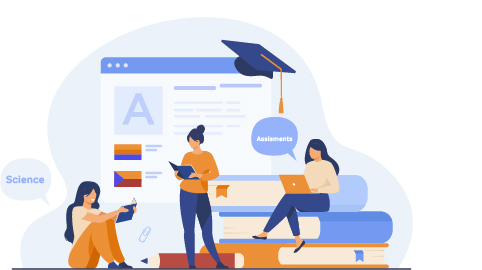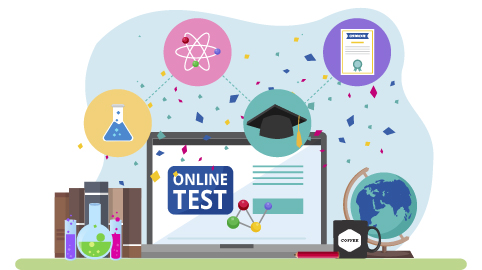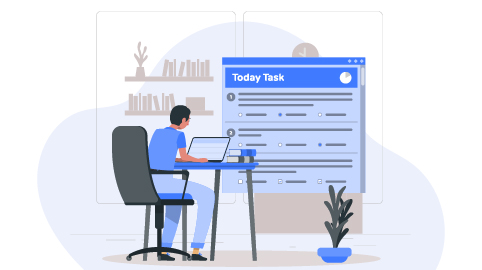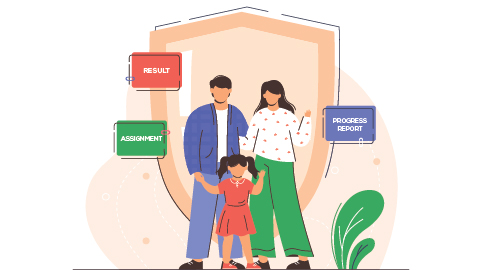A Learning Management System (LMS) is an integral part of a school ERP system that focuses on managing and delivering educational content, courses, and assessments. Here are some common features of an LMS within a School ERP:

The LMS allows teachers to create, organize, and manage courses. They can upload course materials, syllabus, assignments, and other resources in a structured manner.
Teachers can develop and deliver engaging content using various formats such as text, images, videos, presentations, and interactive modules. The LMS provides tools to create and publish content directly within the system.


The LMS enables teachers to create and administer online assessments such as quizzes, tests, and exams. It supports different question types, automated grading, and provides instant feedback to students.
The LMS includes a gradebook where teachers can record and manage student grades and performance. It provides a centralized view of student progress, allowing teachers, students, and parents to monitor academic achievements.

The LMS offers discussion forums and collaboration tools to facilitate communication and interaction among students and teachers. It allows for discussions, group projects, and sharing of ideas and resources.
Teachers can create and assign tasks, projects, and assignments through the LMS. Students can submit their work digitally, and teachers can provide feedback and grades within the system.


The LMS features a course calendar that displays important dates, deadlines, and upcoming events. Students receive notifications and reminders about course activities, assignments, and exams.
The LMS supports personalized learning by allowing teachers to create individual learning paths for students. They can provide customized content, assignments, and assessments based on each student's needs and progress.


The LMS is designed to be mobile-friendly, allowing students and teachers to access course materials, complete assignments, and participate in discussions from their smartphones or tablets.
The LMS may provide limited access to parents or guardians, allowing them to view their child's course progress, grades, and assignments. It promotes transparency and parental involvement in the learning process.


The LMS can generate reports on student participation, performance, and completion rates. These reports can be useful for compliance purposes, monitoring progress, and evaluating the effectiveness of courses.